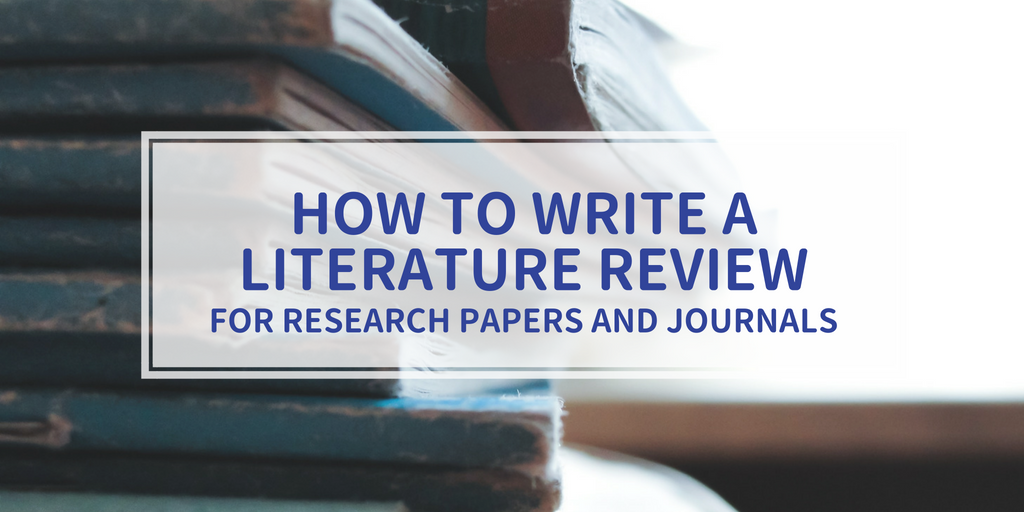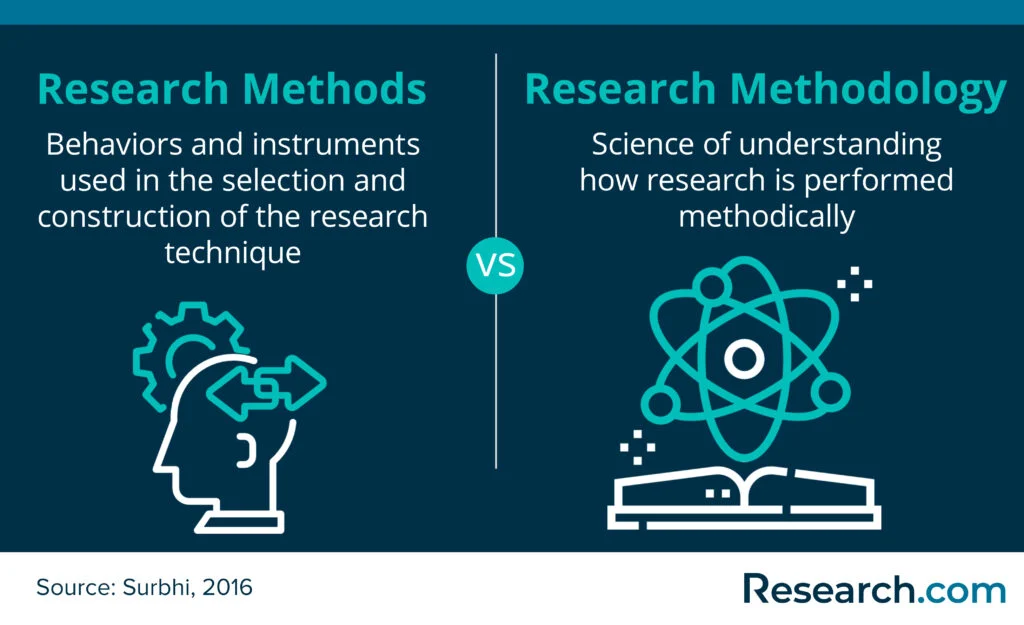Writing a literature review paper for a research journal can be a daunting task. It requires a thorough understanding of the research topic, an in-depth analysis of the existing literature, and the ability to synthesize the information into a cohesive and comprehensive paper. This guide will provide an overview of the steps involved in writing a literature review paper for a research journal, including how to select a topic, conduct a literature search, evaluate the sources, and write the paper. Additionally, tips and strategies for successful writing will be provided. With the right approach and dedication, writing a literature review paper for a research journal can be a rewarding experience.
Step-by-Step Guide to Writing a Literature Review Paper for a Research Journal
Step 1: Choose a Topic
Choose a topic that is relevant to your field of study and that you are interested in. Make sure that the topic is narrow enough to be covered in a literature review paper.
Step 2: Conduct Research
Conduct research to find relevant sources for your literature review paper. Use databases, journals, and other sources to find relevant literature.
Step 3: Read and Analyze Sources
Read and analyze the sources you have found. Take notes on the main points and arguments of each source.
Step 4: Create an Outline
Create an outline for your literature review paper. This will help you organize your thoughts and structure your paper.
Step 5: Write the Introduction
Write the introduction to your literature review paper. This should include an overview of the topic, a statement of the research question, and a brief description of the sources you will be discussing.
Step 6: Write the Body
Write the body of your literature review paper. This should include a discussion of the main points and arguments of each source, as well as your own analysis and synthesis of the sources.
Step 7: Write the Conclusion
Write the conclusion to your literature review paper. This should include a summary of the main points and arguments of each source, as well as your own analysis and synthesis of the sources.
Step 8: Edit and Proofread
Edit and proofread your literature review paper. Make sure that your paper is free of errors and that it is written in a clear and concise manner.
Step 9: Submit Your Paper
Submit your literature review paper to a research journal. Make sure to follow the journal’s guidelines for submission.
Tips for Crafting an Engaging and Comprehensive Literature Review Paper
1. Start by researching the topic thoroughly. Make sure to read a variety of sources, including books, journal articles, and other scholarly works. This will help you gain a better understanding of the topic and provide you with a more comprehensive overview.
2. Create an outline of your paper. This will help you organize your thoughts and ensure that your paper is structured in a logical manner.
3. Make sure to include a clear introduction and conclusion. The introduction should provide an overview of the topic and explain why it is important. The conclusion should summarize the main points of the paper and provide a clear conclusion.
4. Use a formal writing style. This means avoiding slang and informal language. Make sure to use proper grammar and punctuation.
5. Cite all sources used in the paper. This will help to ensure that your paper is accurate and that you are giving credit where it is due.
6. Proofread your paper carefully. This will help to ensure that there are no errors or typos in your paper.
7. Ask for feedback from peers or professors. This will help you to refine your paper and make sure that it is engaging and comprehensive.
How to Identify and Analyze Relevant Sources for a Literature Review Paper
1. Identify Relevant Sources:
a. Start by researching the topic of your literature review paper. Use online databases, such as Google Scholar, to search for articles, books, and other sources related to your topic.
b. Read the abstracts of the sources you find to determine if they are relevant to your paper. Make sure to look for sources that are recent and have been published in reputable journals or books.
c. Make a list of the sources you find that are relevant to your paper.
2. Analyze Relevant Sources:
a. Read the sources you have identified and take notes on the main points and arguments made in each source.
b. Compare and contrast the different sources to identify any similarities or differences in the arguments made.
c. Evaluate the sources to determine which ones are the most reliable and relevant to your paper.
d. Make sure to consider the author’s credentials and the publication date of the source when evaluating its reliability.
e. Use the information you have gathered to create an outline for your literature review paper.
Strategies for Organizing and Structuring a Literature Review Paper
1. Establish the Context: Provide an overview of the topic and its importance, as well as an explanation of the scope of the review.
2. Identify the Problem: Explain the research problem and the purpose of the review.
3. Search for Literature: Identify sources to search for relevant literature.
4. Analyze the Literature: Examine the literature to identify common themes, gaps in research, and methodological approaches.
5. Synthesize the Literature: Summarize the literature and draw conclusions about the state of knowledge on the topic.
6. Structure the Paper: Organize the paper into sections and subsections that reflect the main points of the review.
7. Write the Paper: Use clear and concise language to present the literature review in a logical and organized manner.
8. Cite Sources: Include in-text citations and a reference list of all sources used in the review.
9. Proofread and Edit: Carefully review the paper for errors in grammar, spelling, and punctuation.
Common Mistakes to Avoid When Writing a Literature Review Paper for a Research Journal
1. Not reading the instructions carefully: Before you start writing your literature review paper, make sure you read the instructions carefully. Pay attention to the word count, formatting requirements, and any other specific instructions.
2. Not having a clear structure: A literature review paper should have a clear structure. Make sure you have an introduction, body, and conclusion.
3. Not citing sources correctly: Make sure you cite all sources correctly. Use the correct citation style and format.
4. Not proofreading: Before submitting your paper, make sure you proofread it for any errors.
5. Not being critical: A literature review paper should be critical and analytical. Make sure you evaluate the sources you use and provide your own opinion.
6. Not being concise: Make sure you are concise and to the point. Avoid unnecessary details and focus on the main points.
Conclusion
Writing a literature review paper for a research journal can be a challenging task, but it is also an important part of the research process. It is important to be organized and thorough when writing a literature review paper, as it will help to ensure that the paper is comprehensive and accurate. It is also important to be aware of the different types of literature reviews and to choose the one that best suits the research topic. Finally, it is important to be aware of the different citation styles and to use the one that is most appropriate for the journal. By following these steps, researchers can ensure that their literature review paper is of the highest quality and is accepted by the journal.
Discussion
[wpaicg_chatgpt]



